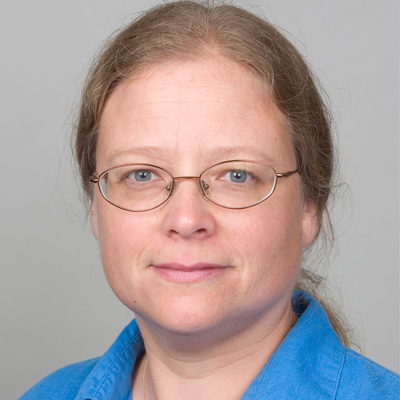XROMM technology produces accurate animations of 3D bones of living and extinct organisms
Accelerating from 0 to 60 in three seconds is a performance feat that even most sports cars cannot match. However, in the animal kingdom, the cheetah is hailed for its ability to do just that. In the oceans, baby blue whales can gain 200 pounds per day due to the high fat concentration in their mother’s milk. Imagine the health benefits for premature babies if scientists were able to mimic such abilities! Dr. Elizabeth Brainerd, of Brown University, studies how animals are capable of amazing feats in the hopes that she may one day develop tools and technologies that can capitalize on animal’s abilities. Her research is likely to lead to applications ranging from paleontology and the reconstruction of extinct animals to potential engineering applications for future technologies. In short, the new and unexpected solutions to engineering problems that stem from existing capacities of animals makes Dr. Brainerd’s research not only curiosity driven, but also a thrilling way to yield unexpected insights into technology and our own human bodies.
The anatomical structures Dr. Brainerd is most interested in are bones, joints, and the muscles that produce movement at those joints. She and her team have developed a new technology, called X-ray Reconstruction of Moving Morphology (XROMM), which has allowed Dr. Brianerd to create precise and accurate animations of 3D bones moving in 3D space (see www.xromm.org for images and movies). This new XROMM technology is making it possible for Dr. Brainerd to study both the motion of ribs and intercostal muscles for breathing in addition to the motion of fish-bones and muscles for suction feeding. While Dr. Brainerd’s laboratory remains the innovation hub for XROMM, she has also worked to make this technology available to others thereby helping to expand the ability to study the biomechanics and evolution of vertebrate musculoskeletal systems. Thus between her own contributions to the scientific community and her dissemination of novel techniques, Dr. Brainerd is making strides in efforts to gain a greater understanding of the ways that organisms move and function in their environments.
Current research includes:
-
Ribs and Breathing: Dr. Brainerd studies the ribs and intercostal muscles that attach to and move ribs for breathing. Due to her in-depth study and novel methods, she and her team are on the cusp of substantial new discoveries about the biomechanics of breathing. Her team has collected XROMM data from lizards, alligators, and birds, and are in the process of analyzing those data. It is the comparison among these species that will yield the most significant insights.
-
Suction Feeding: Dr. Brainerd is studying the complex and numerous bones and muscles in the heads of fish, and how fish use those bones and muscles to expand their mouths to suck in water and food in a behavior called suction feeding. Thus far, her team has studied the largemouth bass but over the next few years, they hope to study bluegill sunfish, catfish, bowfin, bichir, and some small sharks.
-
Understanding Dinosaurs: Dr. Brainerd’s research may shed light upon the controversial respiratory mechanism of dinosaurs. The advent of XROMM has made it possible to to study various species in order to make more sense of the reconstruction of extinct animals.
Bio
Dr. Brainerd has always been interested in how mechanical things work. As a child, she often took things apart to understand their inner workings, despite being less talented at putting them back together. With both an A.B. and Ph.D. in Biomechanics from Harvard University, her ability to not only take apart things to understand them but also to piece them back together has grown substantially since her youth. Paired with her lifelong interest in the natural world, Dr. Brainerd’s intellect and passion is producing amazing breakthroughs in the ways in which we can mimic how nature acts.
In her free time, aside from research, Dr. Brainerd enjoys hiking, sailing, and scuba diving.
Website: www.xromm.org


